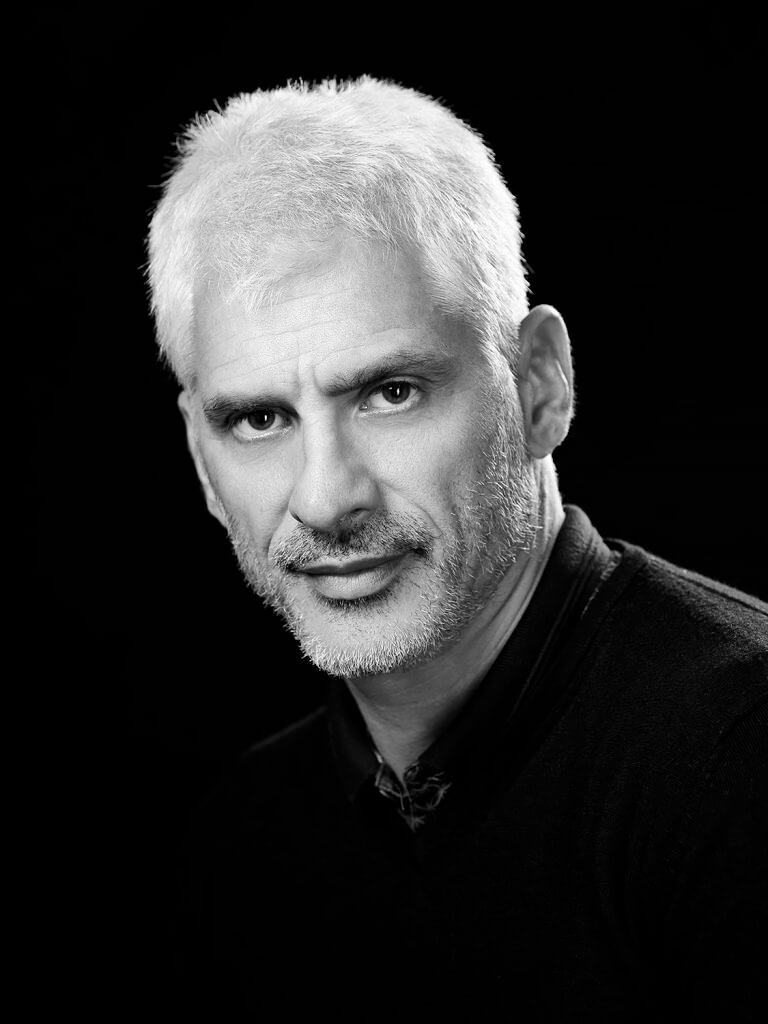Stéphan Gladieu was born in 1969 and lives in Boulogne-Billancourt. He is represented by Olivier Castaing of the
School Gallery in Paris and
Artco Gallery in Germany, Cape Town and Joshua Tree. He began his career in 1989, covering war & social issues, travelling across Europe,Central Asia, the Middle East (Afghanistan, Iran, Iraq, Israel, Egypt, Pakistan) and Asia (India, Nepal, Vietnam, China, etc).
Going back to his beginnings, he very quickly enriched his photographic writing by using portraiture to bear witness to the human condition in the world. His main focus is on his personal and artistic work through series of portraits in which DNA is colour and the play of contrast between subject and background in natural settings. Stéphan Gladieu plays on the iconic character of the frontal image and on the frontier between the real and the unreal.
His portraiture has included covering the Saudi Princes, Princesses in Nepal, actors & directors behind the scenes at Cannes Film Festival, politicians, intellectuals, but also everyday people the world over.
Stephan still realize international features and portraits series, for international magazines but he is mainly focused on is personal work: human story through colorful portrait collection. On the side of his journalist activity, Stephan is working with private company (LVMH, Danone, TOTAL…) and International institutions (World Bank, UNICEF) to work on their visual identity.
Nowadays, Stephan Gladieu’s work is published in leading publications in France and internationally.
Source: www.stephangladieu.fr
Exclusive Interview with Stephan Gladieu